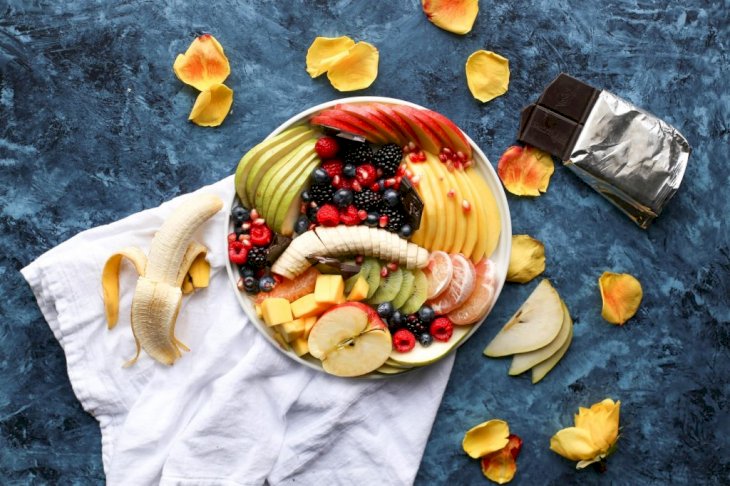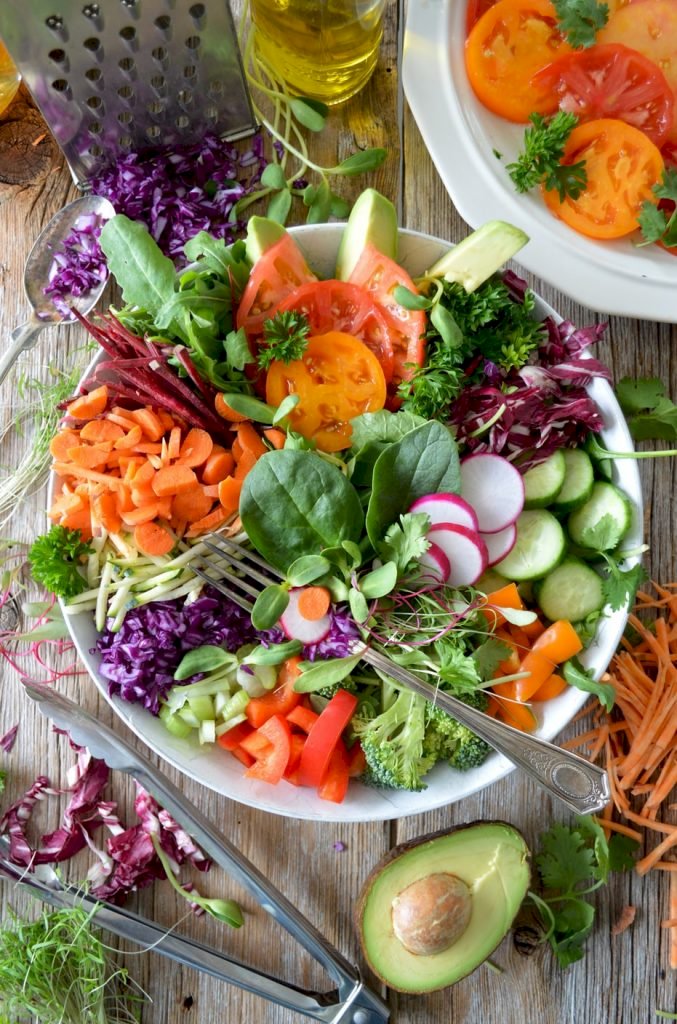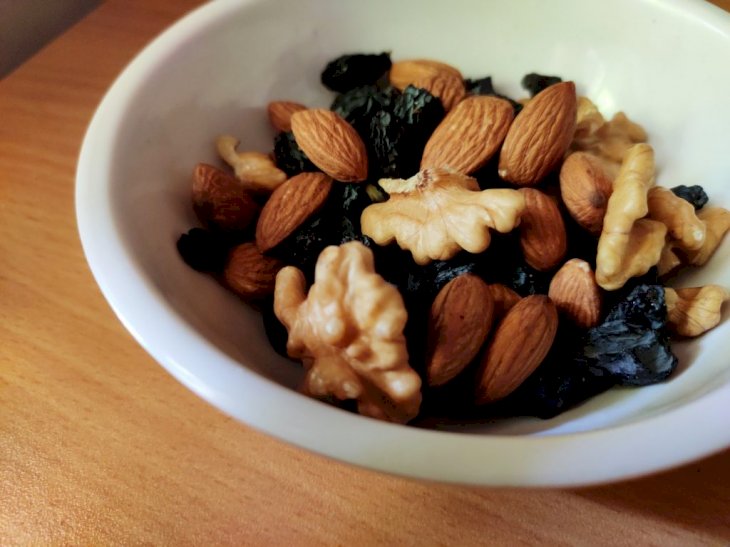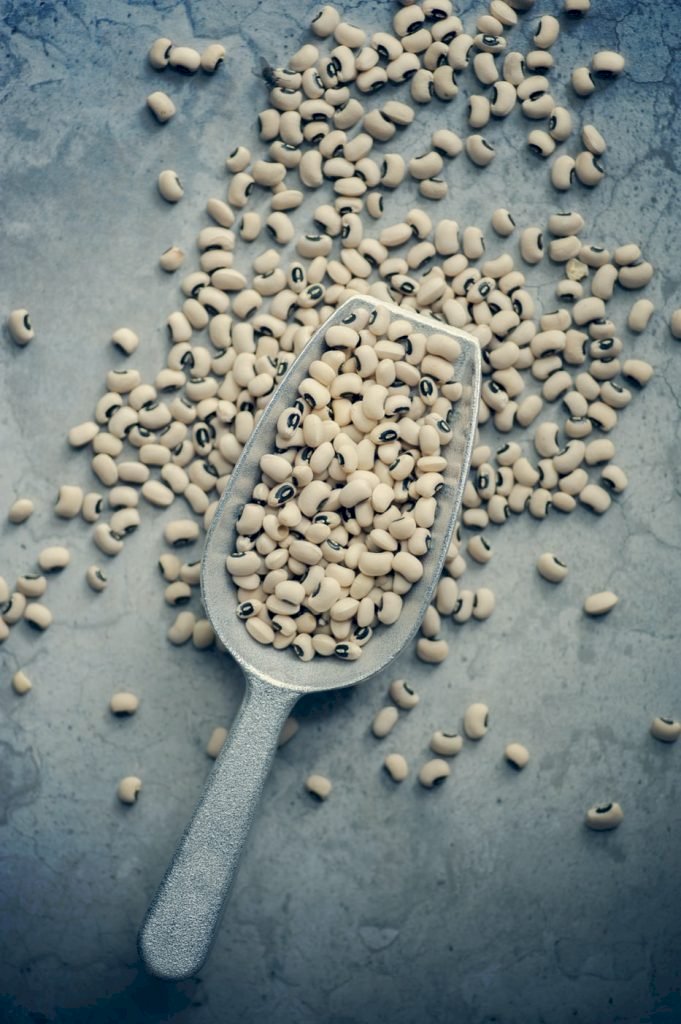
Health Guide: The Best Low Sodium Foods To Add To Your Diet
Just like sugar, monitoring our sodium intake is imperative to leading a healthy life. Packaged food items bought from stores are likely to be high in sodium, so it's best to keep an eye out when reading the product's label and ingredients.
Salt is an essential constituent of our everyday meals, but too much or too little of it can easily ruin the taste of the food. But more than that, eating salts in increased amounts can lead to high blood pressure, which often becomes the cause of heart and kidney diseases.
Fortunately enough, we can alter our lifestyle by opting for low-sodium foods (which contain approximately 140 mg of sodium) and lead a healthy life. Take a look at the best foods which are low in sodium content but high in nutritious value.
Fruits

Photo By Brenda Godinez On Unsplash
Fruits are undoubtedly the best low-sodium alternatives, and there's a large variety you can consume to stay active and healthy. You can prepare fruit salads, shakes and smoothies, or eat them in their natural raw form.
Some of the most common sodium-free fruits include bananas, apples, oranges, apricots, grapefruits, and berries. These fruits are also high in vitamins, minerals, and fiber and make for delectable treats without any additional ingredients.
Vegetables

Photo By Nadine Primeau On Unsplash
Fresh and organic vegetables are naturally low in sodium, so that you can eat them without second thoughts. However, the same is not true for canned and packaged vegetables because they are likely to contain salts and other preservatives.
Leafy green veggies like spinach, broccoli, and cauliflower are low in sodium, and other examples include cucumbers, garlic, eggplant, and green beans. Sweet potatoes are also low in sodium content. Vegetables also require less cooking time, as over-cooking can render their nutritional value useless.
Unsalted Nuts

Photo By Pratik Bachhav On Unsplash
Unsalted nuts are the most delightful low-sodium treats and are chock full of nutrients that boost immunity and improve heart and brain health. You can prepare a mix of various nuts and eat them on the go because many of them even contain omega-3 fatty acids, which are essential for a healthy heart.
Yogurt

Photo By Micheile Henderson On Unsplash
Yogurt happens to be one of the most favorite dairy products ever, but many people are unaware that it is considered a low-sodium food. Thicker yogurts like Greek yogurt are high in calcium and proteins, but make sure you are not adding any sugar or salt to enhance their flavor.
If you're not the type to enjoy plain yogurt, perhaps adding some fruits like blueberries or raspberries can be a delicious idea. You can prepare your very own version of flavored yogurt at home.
Beans & Peas

Photo By Jasmine Waheed On Unsplash
Beans and peas are naturally rich in vitamins, minerals, fiber, and proteins, making them an excellent choice for our daily menu. They are also fairly low in fat content and help regulate our metabolism and improve heart health.
Fresh peas and beans are low in sodium content, but canned options may contain sodium in order for them to last longer. So the best thing to do is buy unsalted beans and refrain from adding too much salt to them while cooking, so you're able to reap all the benefits.